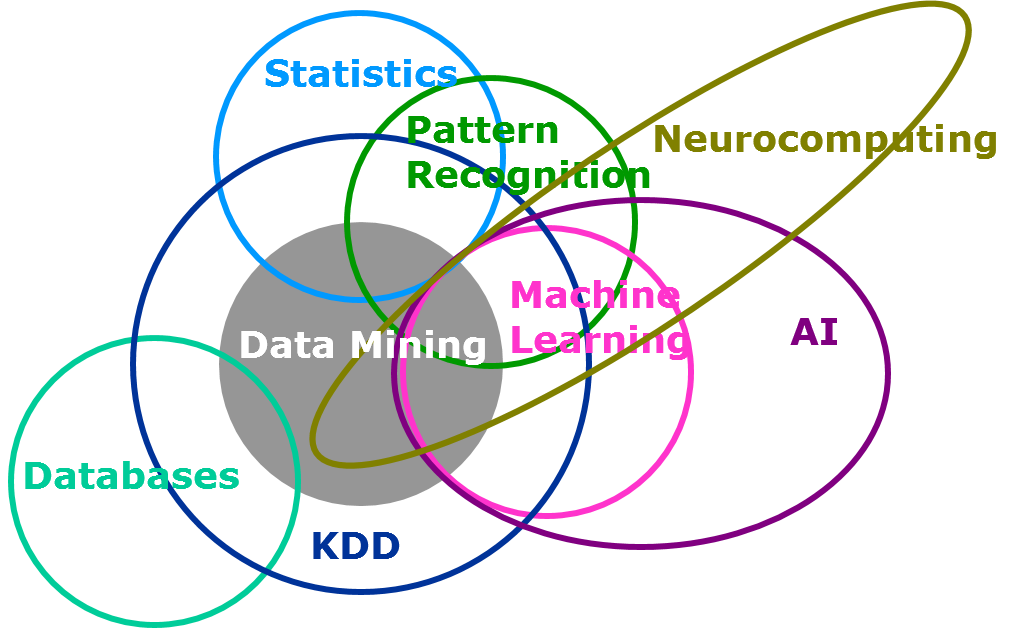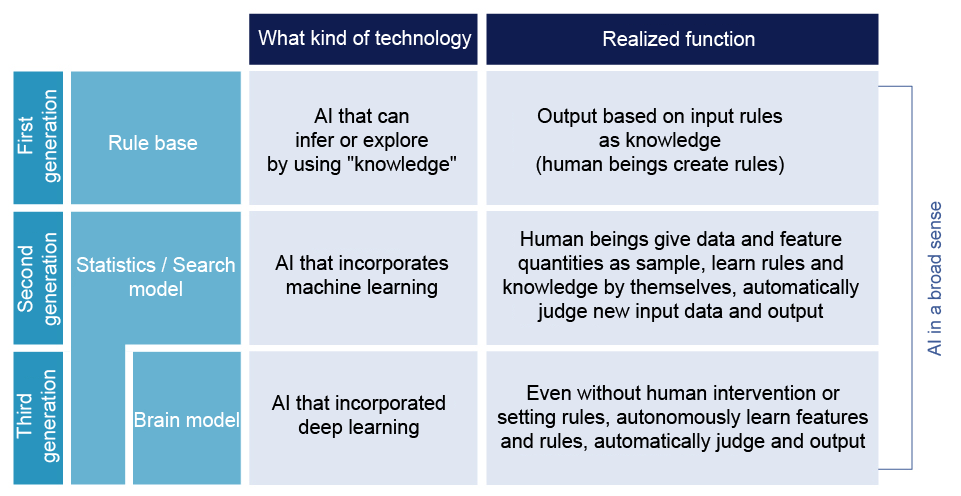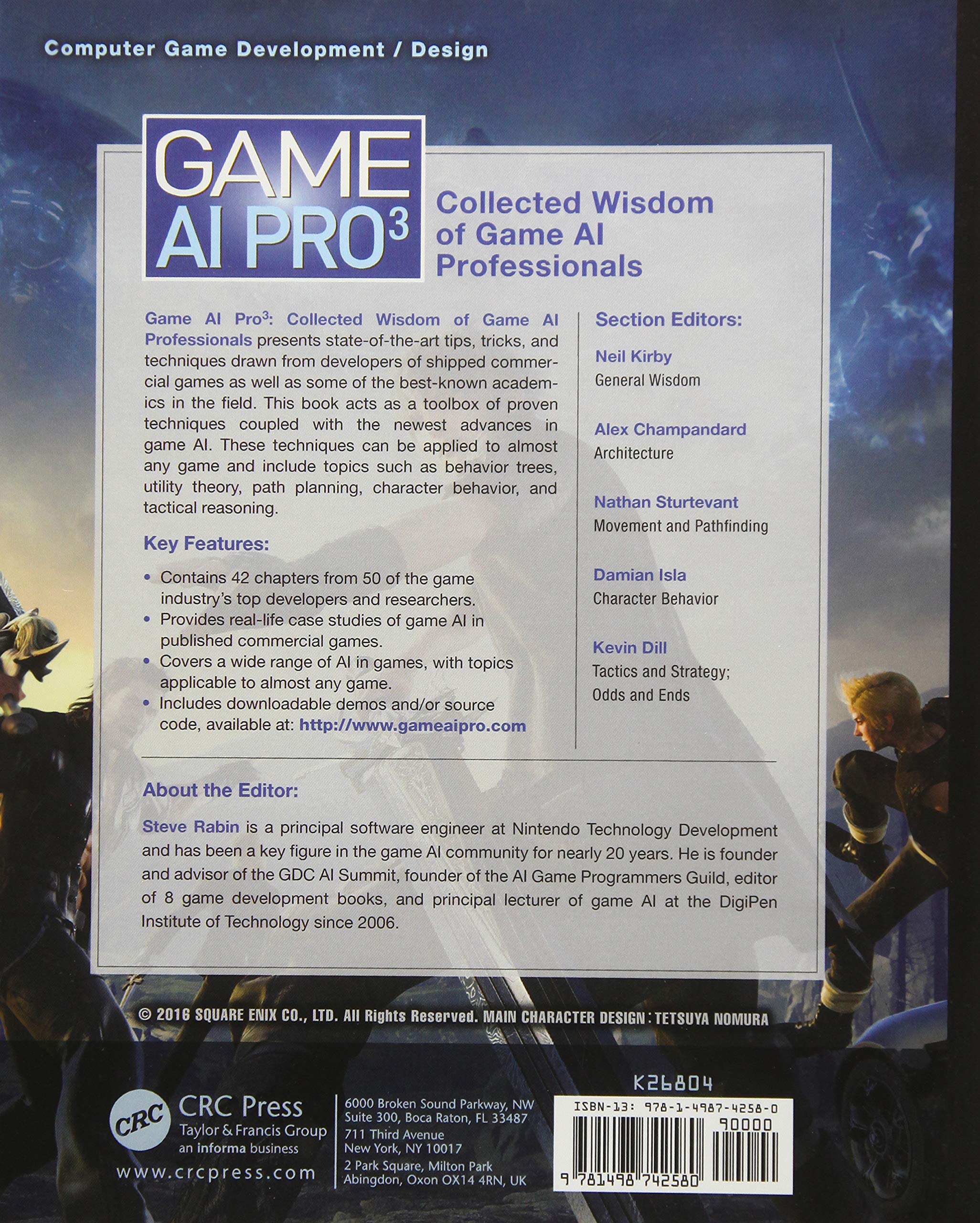
The DeepMind 12 Arpeggiator provides more modes than one might think. There are five unique modes, a maximum range of six octaves, and 64 patterns. Those are programmed either using presets or custom patterns. You can also make modifications to the DeepMind 12's patterns. You can set a pattern's length, note, and gate duration. It can be customized and includes some nice extras.
DeepMind 12
The Behringer DeepMind 12 is an all-purpose synthesizer that can be used with 12 voices. It can make any traditional synth sound. This synth is equipped with two oscillators per voice and 19 modulation sources. Multi-sample and multi-touch controls allow you to create a wide range of sounds. Its intuitive interface lets you start playing music immediately.

Juno
Behringer has really perfected monophonic syntheses with the Juno. Behringer's synth oscillators perform well and are comparable to other Behringer products. Stereo chorus is missing but the quality of the built-in effects makes up for it. The voices are distinct in their own right, and the gain staging is different from the Juno. The Juno's sound is amplified and thickened by the boosted voice.
Caldicott rules
DeepMind retains a great deal of control over data processing for research and development purposes in its contract with RFL. These include testing, data delivery to clinicians and discussion of technical infrastructure. The ICO has accepted certain decisions made by DeepMind, but has not ruled out stricter regulation. DeepMind ultimately has the final say. DeepMind must follow the Caldicott rules whenever it processes personal data to support research and development.
Data sharing with NHS
DeepMind, the Royal Free London, and DeepMind collaborated in 2015 on an artificial intelligence-enabled system for alert, diagnosis, or detection. The project was not disclosed to patients by the two organizations. DeepMind also did not use any NHS patients' data without their consent. This includes those who had pre-renal blood tests or have direct care relationships with hospitals. But the two organisations have since altered their data-sharing setup and now continue to develop and test the software.

Patients are affected
DeepMind's initial Royal Free ISA includes all of its medical tools and services. The US Department of Veterans Affairs, as well as other hospitals, collaborate with the research lab to develop predictive analysis tools. It has also protected patient privacy. Its research helped to create a treatment for Chagas disease, leishmaniasis, and Chagas disease. DeepMind technology's effect on patients is yet to be fully evaluated.
FAQ
What is AI and why is it important?
In 30 years, there will be trillions of connected devices to the internet. These devices will include everything from cars to fridges. The Internet of Things is made up of billions of connected devices and the internet. IoT devices will be able to communicate and share information with each other. They will also make decisions for themselves. A fridge might decide to order more milk based upon past consumption patterns.
It is predicted that by 2025 there will be 50 billion IoT devices. This is a huge opportunity to businesses. However, it also raises many concerns about security and privacy.
What are some examples AI-related applications?
AI is being used in many different areas, such as finance, healthcare management, manufacturing and transportation. These are just a few of the many examples.
-
Finance - AI has already helped banks detect fraud. AI can detect suspicious activity in millions of transactions each day by scanning them.
-
Healthcare – AI helps diagnose and spot cancerous cell, and recommends treatments.
-
Manufacturing – Artificial Intelligence is used in factories for efficiency improvements and cost reductions.
-
Transportation - Self driving cars have been successfully tested in California. They are currently being tested around the globe.
-
Utilities can use AI to monitor electricity usage patterns.
-
Education – AI is being used to educate. Students can communicate with robots through their smartphones, for instance.
-
Government – Artificial intelligence is being used within the government to track terrorists and criminals.
-
Law Enforcement - AI is used in police investigations. Investigators have the ability to search thousands of hours of CCTV footage in databases.
-
Defense - AI can both be used offensively and defensively. An AI system can be used to hack into enemy systems. Protect military bases from cyber attacks with AI.
What uses is AI today?
Artificial intelligence (AI), is a broad term that covers machine learning, natural language processing and expert systems. It is also called smart machines.
Alan Turing created the first computer program in 1950. He was interested in whether computers could think. In his paper "Computing Machinery and Intelligence," he proposed a test for artificial intelligence. The test seeks to determine if a computer programme can communicate with a human.
In 1956, John McCarthy introduced the concept of artificial intelligence and coined the phrase "artificial intelligence" in his article "Artificial Intelligence."
Many AI-based technologies exist today. Some are very simple and easy to use. Others are more complex. They can be voice recognition software or self-driving car.
There are two major categories of AI: rule based and statistical. Rule-based uses logic to make decisions. To calculate a bank account balance, one could use rules such that if there are $10 or more, withdraw $5, and if not, deposit $1. Statistics is the use of statistics to make decisions. A weather forecast might use historical data to predict the future.
Statistics
- That's as many of us that have been in that AI space would say, it's about 70 or 80 percent of the work. (finra.org)
- According to the company's website, more than 800 financial firms use AlphaSense, including some Fortune 500 corporations. (builtin.com)
- The company's AI team trained an image recognition model to 85 percent accuracy using billions of public Instagram photos tagged with hashtags. (builtin.com)
- In 2019, AI adoption among large companies increased by 47% compared to 2018, according to the latest Artificial IntelligenceIndex report. (marsner.com)
- Additionally, keeping in mind the current crisis, the AI is designed in a manner where it reduces the carbon footprint by 20-40%. (analyticsinsight.net)
External Links
How To
How to Setup Google Home
Google Home is an artificial intelligence-powered digital assistant. It uses natural language processing and sophisticated algorithms to answer your questions. Google Assistant allows you to do everything, from searching the internet to setting timers to creating reminders. These reminders will then be sent directly to your smartphone.
Google Home seamlessly integrates with Android phones and iPhones. This allows you to interact directly with your Google Account from your mobile device. An iPhone or iPad can be connected to a Google Home via WiFi. This allows you to access features like Apple Pay and Siri Shortcuts. Third-party apps can also be used with Google Home.
Google Home has many useful features, just like any other Google product. For example, it will learn your routines and remember what you tell it to do. You don't have to tell it how to adjust the temperature or turn on the lights when you get up in the morning. Instead, you can simply say "Hey Google" and let it know what you'd like done.
These are the steps you need to follow in order to set up Google Home.
-
Turn on Google Home.
-
Hold the Action Button on top of Google Home.
-
The Setup Wizard appears.
-
Select Continue
-
Enter your email address.
-
Register Now
-
Google Home is now available